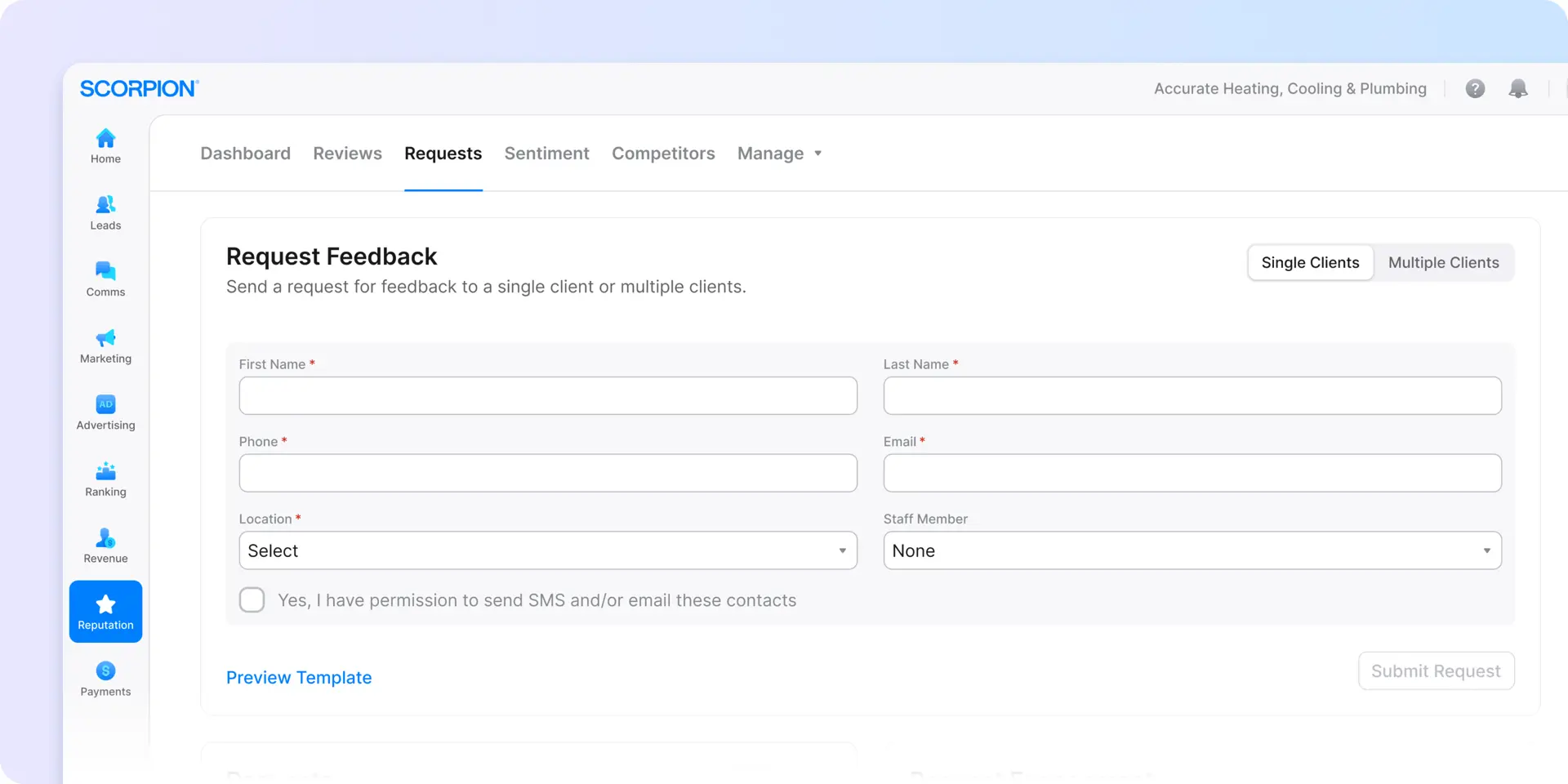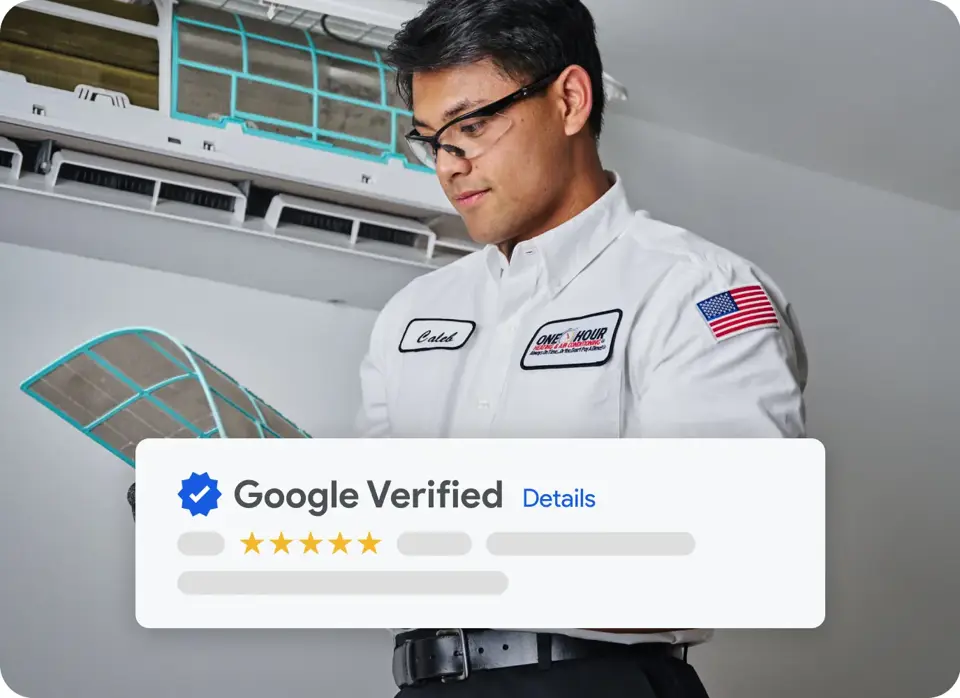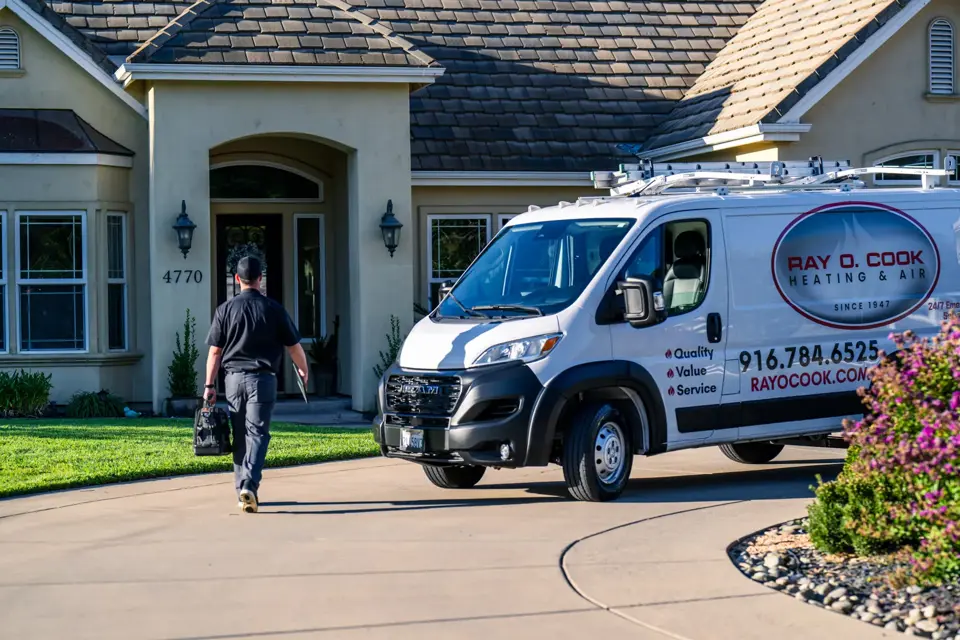In today’s competitive home services market, a positive customer experience is more than a nice-to-have, it’s a critical growth driver. With your competitors vying for homeowner attention, your reputation and responsiveness are what set you apart. Whether you're getting callbacks or being ghosted often comes down to how your customers feel about working with you.
If you’re already investing in marketing but not seeing strong ROI, it might be time to evaluate how satisfied your customers really are. Here are eight proven ways to assess the customer experience and ensure your marketing dollars lead to revenue, not just clicks.

How to Evaluate Your Customer Experiences
1. Surveys
Surveys are one of the simplest tools to gauge customer satisfaction. Use them after jobs are completed to ask how the customer felt about the entire process, from scheduling to service to follow-up. Keep surveys short (5-10 minutes), use clear language, and offer an incentive when possible.
Pro tip: tailor questions to your specific services and include open-ended fields for honest feedback.
2. Reviews
Online reviews are powerful trust signals. In fact, 93% of consumers read reviews before hiring a home service provider. Make it easy for customers to leave feedback after every job, and review those responses regularly. Don’t just look for praise, spot patterns in complaints to identify areas for improvement. Every review is a chance to learn.
.jpg.2506092039548.webp)
3. Social Proof and Testimonials
Highlighting happy customers builds credibility. Showcase testimonials and positive reviews on your website, landing pages, and social media. When prospective customers see others having a great experience, they’re more likely to choose your business. This is especially valuable when competing in saturated local markets.
4. Targeted Content
Use customer insights to shape your content strategy. Are homeowners consistently asking the same questions? Are there service issues that come up again and again? Create blogs, social posts, and videos that directly address these concerns. This shows you’re listening and positions your brand as a helpful, trustworthy expert.
5. Social Listening
Your customers are talking about you online. Social listening tools let you monitor brand mentions and keywords across platforms like Facebook, Instagram, and review sites. Use this real-time data to understand sentiment, track trends, and resolve issues before they escalate.

6. Net Promoter Score (NPS)
NPS is a quick snapshot of customer loyalty. Ask: “How likely are you to recommend us to a friend or colleague?” Customers respond on a 0-10 scale. Subtract the percentage of detractors (0-6) from promoters (9-10) to get your score. Tracking NPS over time gives you a pulse on how your service is evolving.
7. Customer Satisfaction Score (CSAT)
After the service, ask customers to rate their experience. A one-question survey like “How satisfied were you with your recent service?” gives you clear data to track performance across jobs, techs, and teams. It’s one of the easiest metrics to collect and act on.
8. Customer Effort Score (CES)
How easy is it to work with your business? CES measures the friction customers face—from booking to checkout to support. Lower effort means higher satisfaction. If a customer has to jump through hoops to schedule or pay, they’re less likely to come back.

Why This Matters
In home services, reputation is revenue.
64% of consumers only trust businesses with at least a 4-star rating (The Scorpion Pulse).
That’s why monitoring satisfaction isn’t optional. It’s how you protect your marketing investment and turn quality leads into booked jobs.
With Scorpion, you get more than software—you get a strategic partner. We help track and respond to reviews, use AI tools to monitor sentiment, and uncover insights that drive retention and revenue.
Want to see how your customer experience stacks up? Let’s talk.






